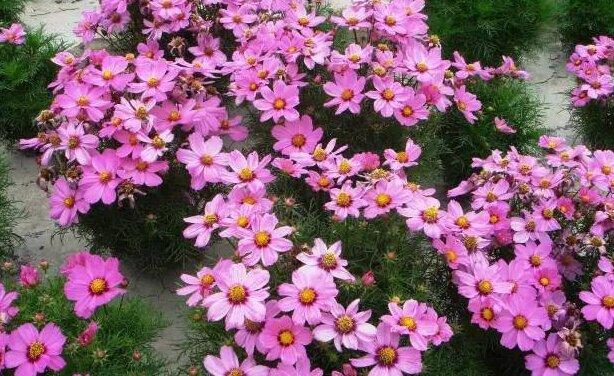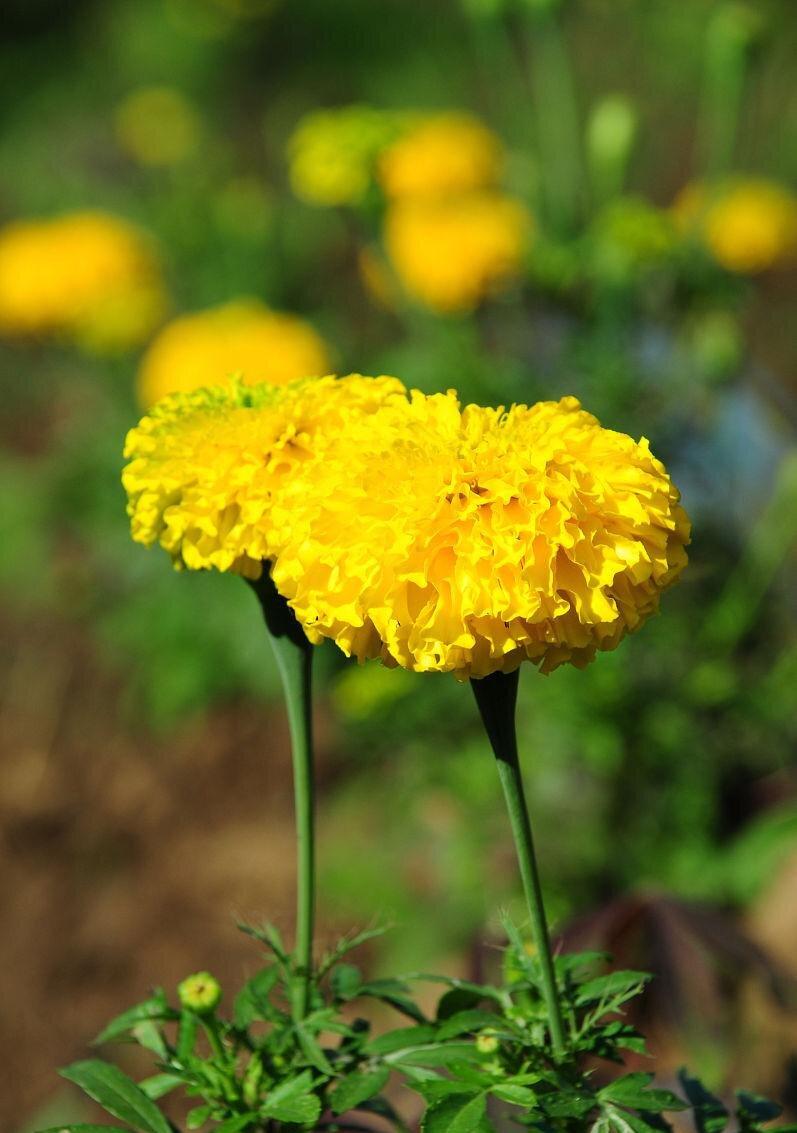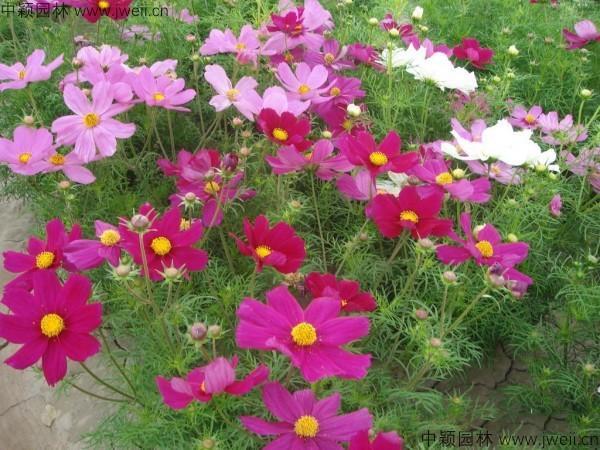The Hypericum plant, commonly known as St. John’s Wort, has an intriguing story. Legend has it that its vibrant yellow flowers were said to bloom on the night of St. John’s Eve, a magical time when supernatural creatures roamed the earth. It was believed that these flowers possessed the power to ward off evil spirits and bring good luck to those who carried them. This enchanted reputation earned Hypericum a place in various folklore and traditions. Today, it remains cherished for its medicinal properties and scenic beauty, captivating both nature enthusiasts and herbalists alike.
Picture
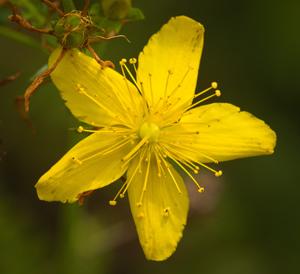
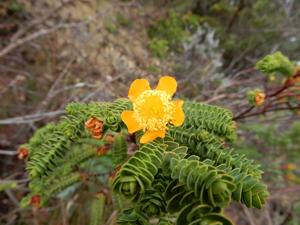
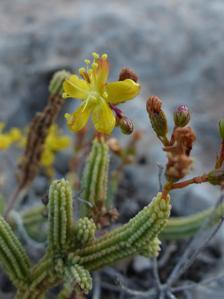






Plant some seeds now!
Short Description
Hypericum /ˌhaɪˈpiːrɪkəm/ is a genus of flowering plants in the family Hypericaceae (formerly considered a subfamily of Clusiaceae). The genus has a nearly worldwide distribution, missing only from tropical lowlands, deserts and polar regions. Many Hypericum species are regarded as invasive species and noxious weeds. All members of the genus may be referred to as St. John’s wort, and some are known as goatweed. The white or pink flowered marsh St. John’s worts of North America and eastern Asia are generally accepted as belonging to the separate genus Triadenum Raf.
Hypericum is unusual for a genus of its size because a worldwide taxonomic monograph was produced for it by Norman Robson (working at the Natural History Museum, London). Robson recognizes 36 sections within Hypericum.
Description
Hypericum hidcoteense
Hypericum species are quite variable in habit, occurring as trees, shrubs, annuals, and perennials. Trees in the sense of single stemmed woody plants are rare, as most woody species have multiple stems arising from a single base. Shrubs have erect or spreading stems but never root from nodes that touch the ground. However, perennial herbs tend to root from these horizontal nodes, especially those that occur in wet habitats. Annual herbs tend to have taproots with a developed system of secondary hair roots. Many species of Hypericum are completely glabrous, others have simple uniseriate hairs, and some species have long, fine hairs.
Glandular dots on a leaf of Hypericum perforatum
Two types of glands form the characteristic punctiform patterns of Hypericum, “dark glands” and “pale glands”. Dark glands consist of clusters of cells with a distinct black to reddish color. Their hue is indicative of a presence of naphthodianthrone, either hypericin or pseudohypericin, or both. These glands occur in about two-thirds of Hypericum sections and are usually restricted to certain organs. When these glands are crushed, the naphthodianthrones give a red stain. Paracelsus called the red secretions “Johannes-blut” in the 16th century, linking the plant to the martyr St. John and giving rise to the English and German common names of “St. John’s wort”. The pale glands, forming the pellucid dots, are each a schizogenous intracellular space lined with flattened cells that secrete oils and phloroglucinol derivates, including hyperforin. The distribution of these hypericin glands dissuades generalist herbivores from feeding on the plants. When generalist insects feed on Hypericum perforatum, 30-100% more naphthodianthrones are produced, repelling the insects.

